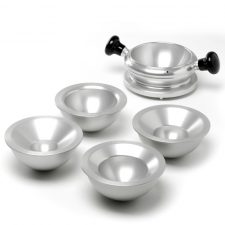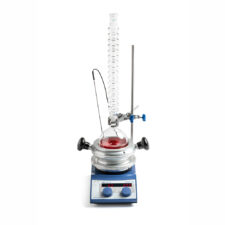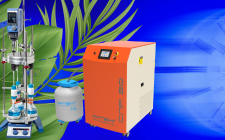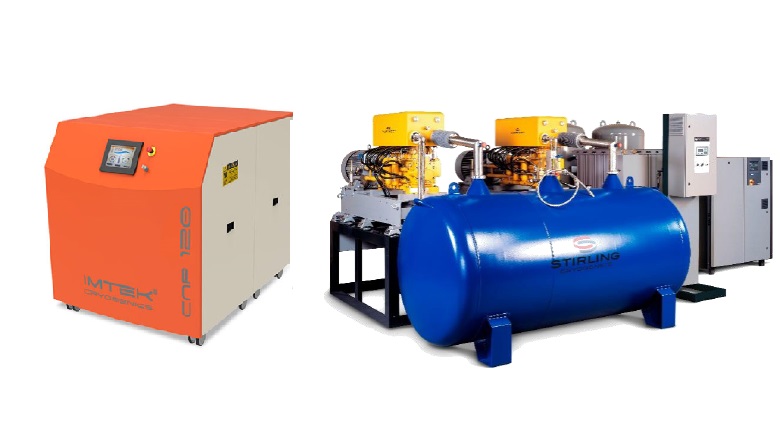Chemistry teaching labs provide an essential introduction to practical chemistry. They often offer students their first experience of working with the kind of equipment they may eventually use in academic or industrial research – experience that can prove invaluable going forwards. This makes it all the more beneficial to utilise equipment for teaching that is similar to (or even the same as) tools used for more advanced research.
In this blog, we’ll take a look at four easy-to-use tools that are ideal for both teaching labs and the transition into research.
Oil-Free Heating Blocks:
Oil-free heating blocks are milled metal (generally aluminium) blocks that sit on top of a magnetic stirrer hotplate. The aluminium allows for excellent heat transfer while the hotplate provides precise heating and stirring, all without the need for an oil bath. This has several benefits:
- Safer – reduced risk of fire and burns from spilt oil
- Cleaner – much less mess to clean up afterwards
- Reduced risk of contamination – protect your reactants
- More sustainable – no waste oil and generally more energy-efficient
- Excellent reaction visibility – see precisely what’s happening in your flask
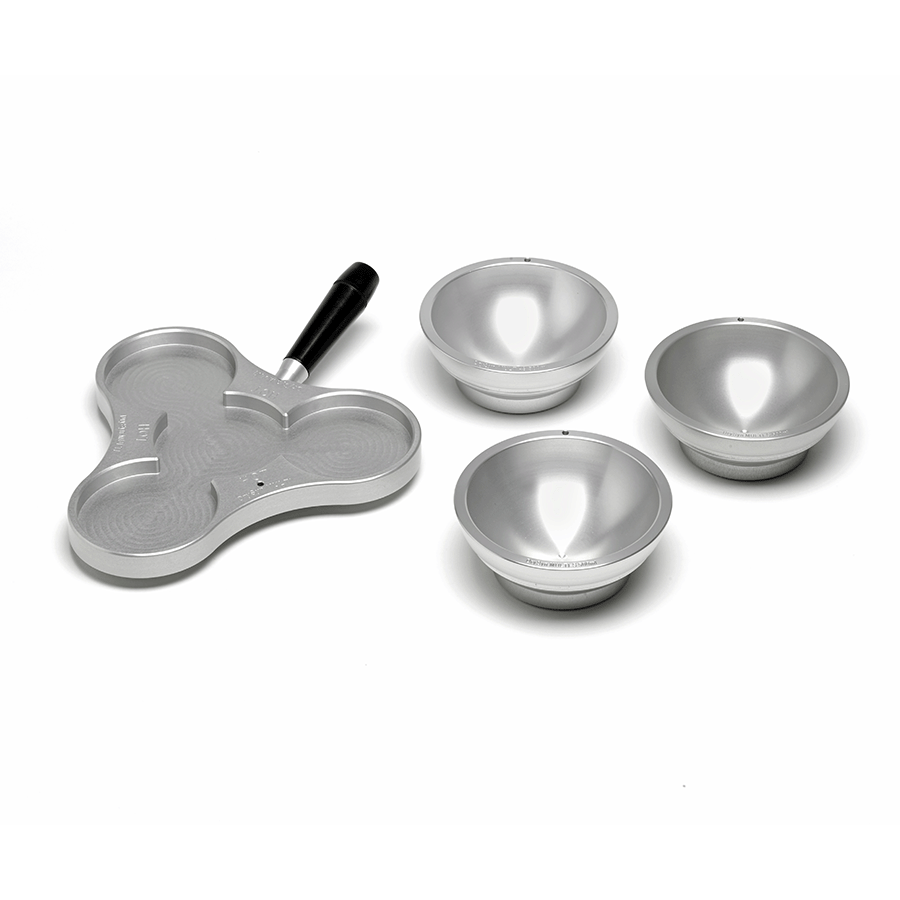 |
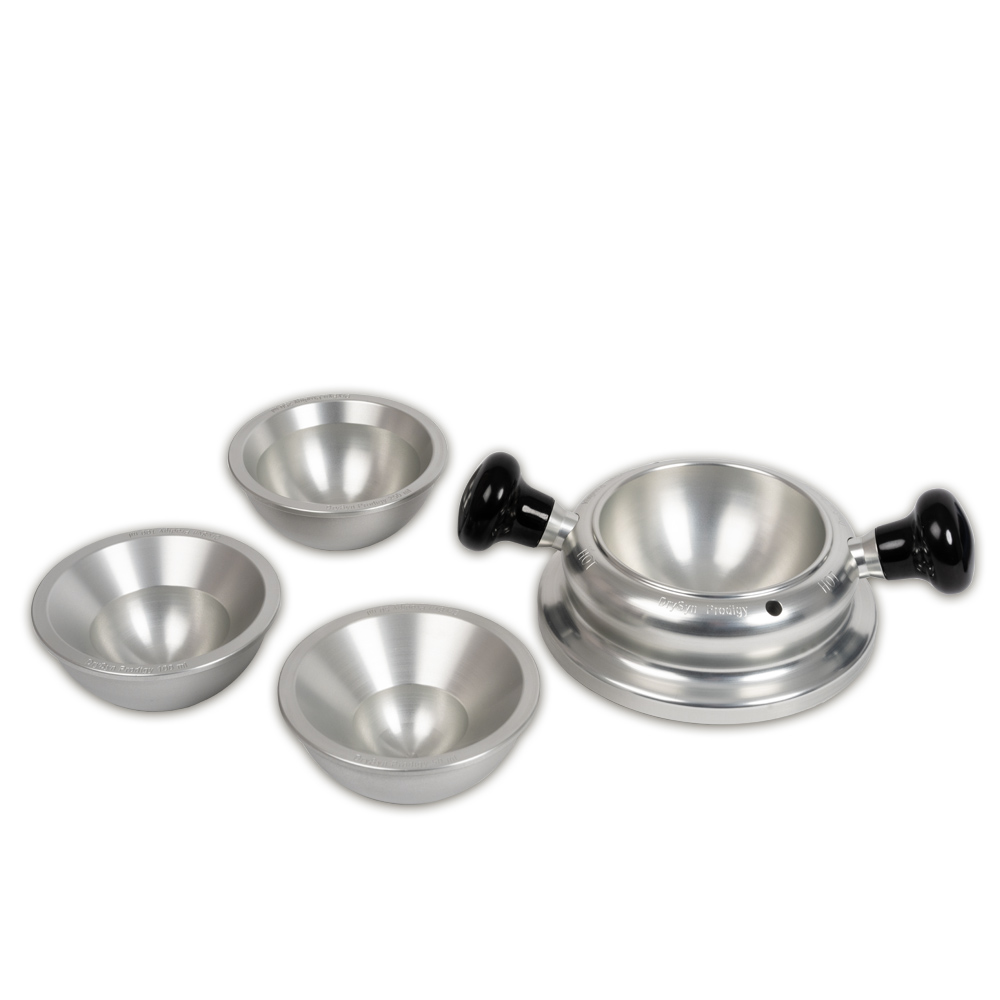 |
Multi and Single Position DrySyn oil-free heating blocks
Waterless Condensers:
Waterless air condensers condense vapour purely via the shape of the glassware, rather than using circulated water. This eliminates the risk of flooding, saves thousands of litres of water over time for a more sustainable operation, and makes for more cost-effective processes. Without fluctuating water pressure, it also enables more repeatable results.
Our CondenSyn range features a simple and durable design (for glassware, at least!) that makes them less prone to breakage than more complicated or water-cooled designs.
CondenSyn Waterless Air Condensers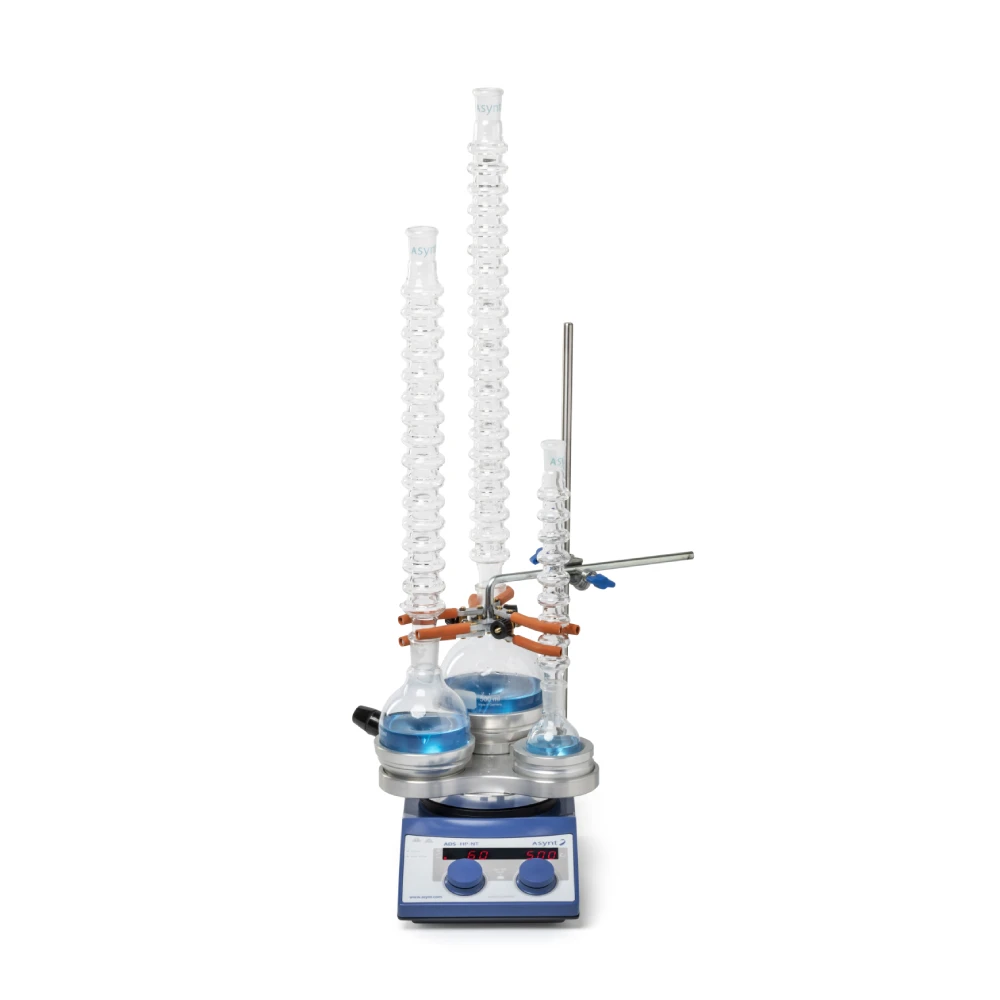
Benchtop CSTRs (Continuous Stirred Tank Reactors)
Flow chemistry is a key area of chemical and pharmaceutical research but can be less commonly taught in teaching labs. This was one of the reasons we designed the fReactor with the University of Leeds. This modular fReactor provides a range of benefits for both teaching labs and researchers:
- Great introduction to flow chemistry
- Excellent for scaling up experiments later on
- Compact and relatively straightforward to operate
- Wide selection of configurations available
- Two options for materials (PEEK and Hastelloy CSTRs) and volumes (standard and MAXI)
- Dedicated info-site at https://www.freactor.com/
fReactor CSTR flow chemistry platform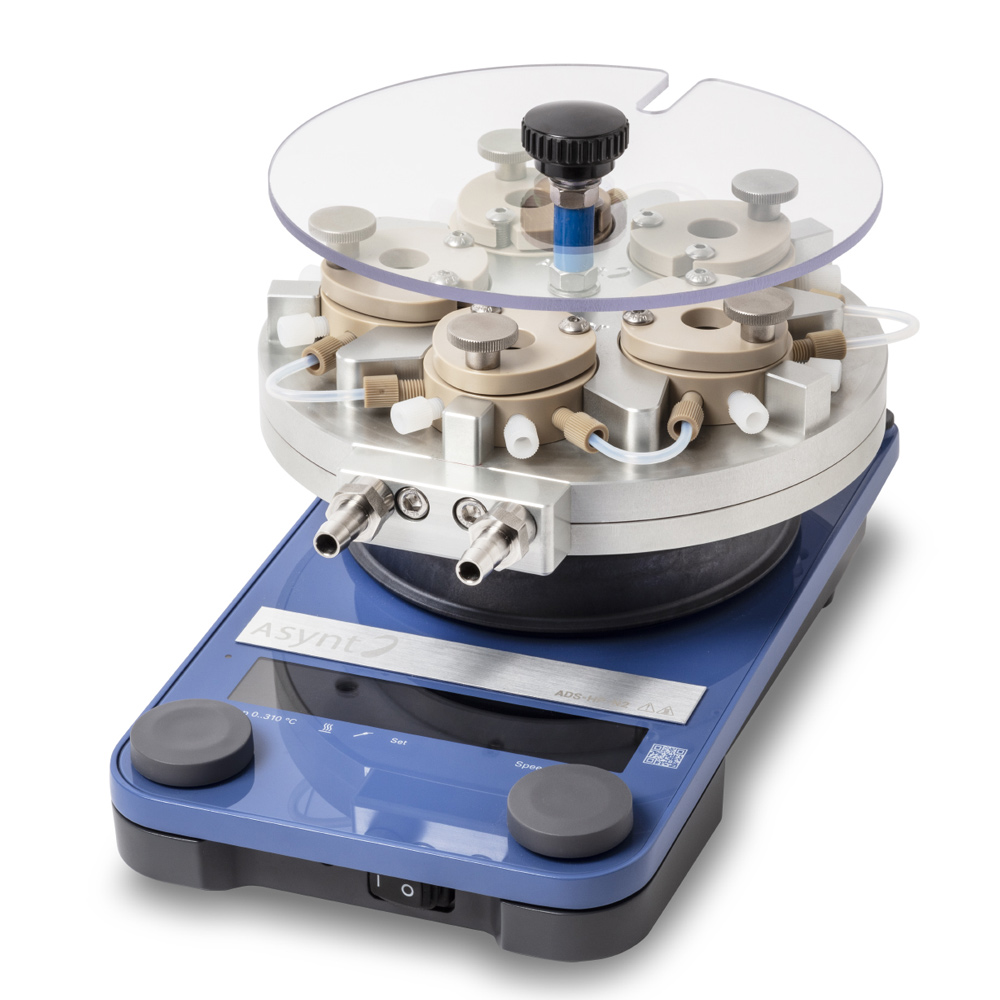
Parallel Electrochemistry Platform:
Another less shouted-about field of chemistry is electrochemistry. As with the fReactor, we worked with the University of Leeds to create the ElectroReact, designed to provide a precise and user-friendly benchtop tool. Benefits include:
- Excellent introduction to electrochemistry
- Can be used in parallel or as individual cells
- Compatible with a wide range of electrodes and existing power supplies
- Uniform design allows for reproducible result.
- Dedicated info-site at https://electroreact.com/
ElectroReact – flexible electrochemistry platform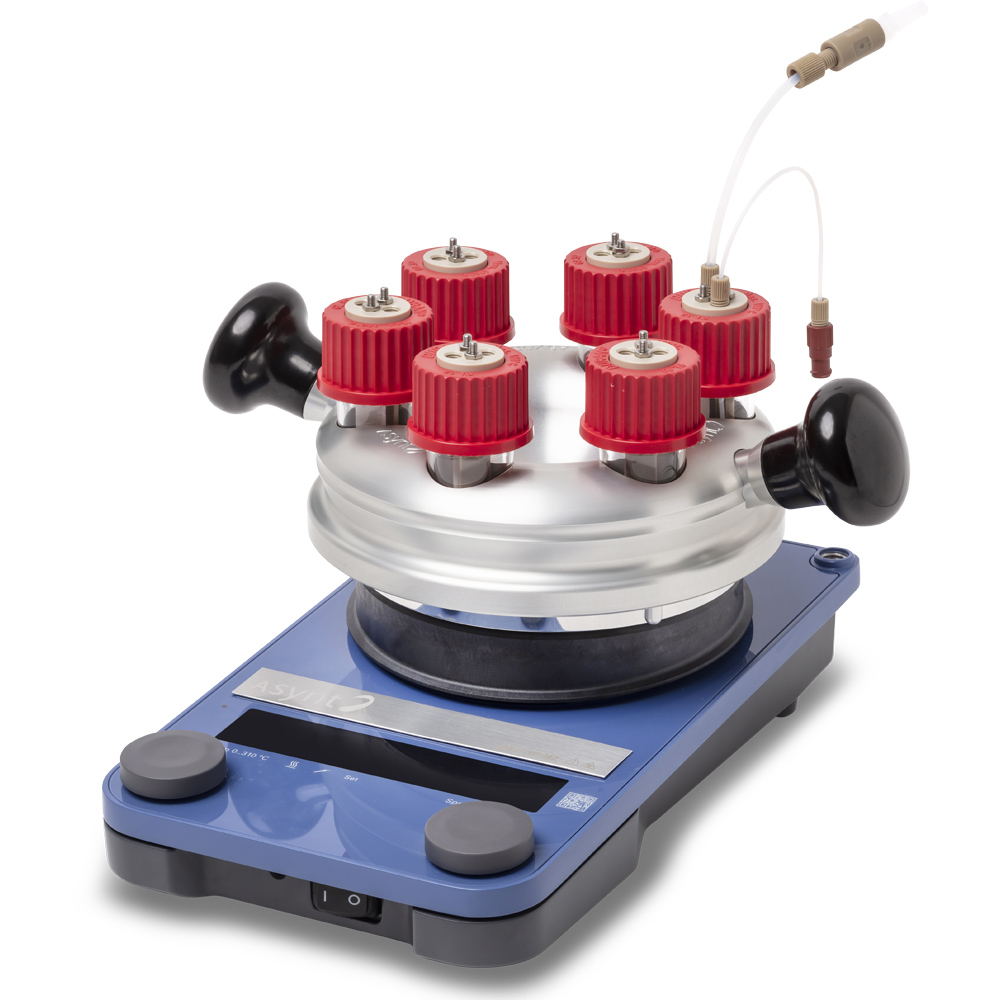
Conclusion & further support for your chemistry teaching labs:
By choosing reliable and user-friendly tools like oil-free heating blocks, waterless condensers, benchtop CSTRs, and parallel electrochemistry platforms, chemistry teaching labs can equip students with practical skills that will serve them well in more advanced studies and professional environments. Not only do these tools make day-to-day operation easier and more sustainable, but they also ensure that the learning experience is as close as possible to modern research practices.
If you’d like to know more about any of the equipment mentioned in this blog don’t hesitate to get in touch. We’ll be happy to answer any questions you might have.
